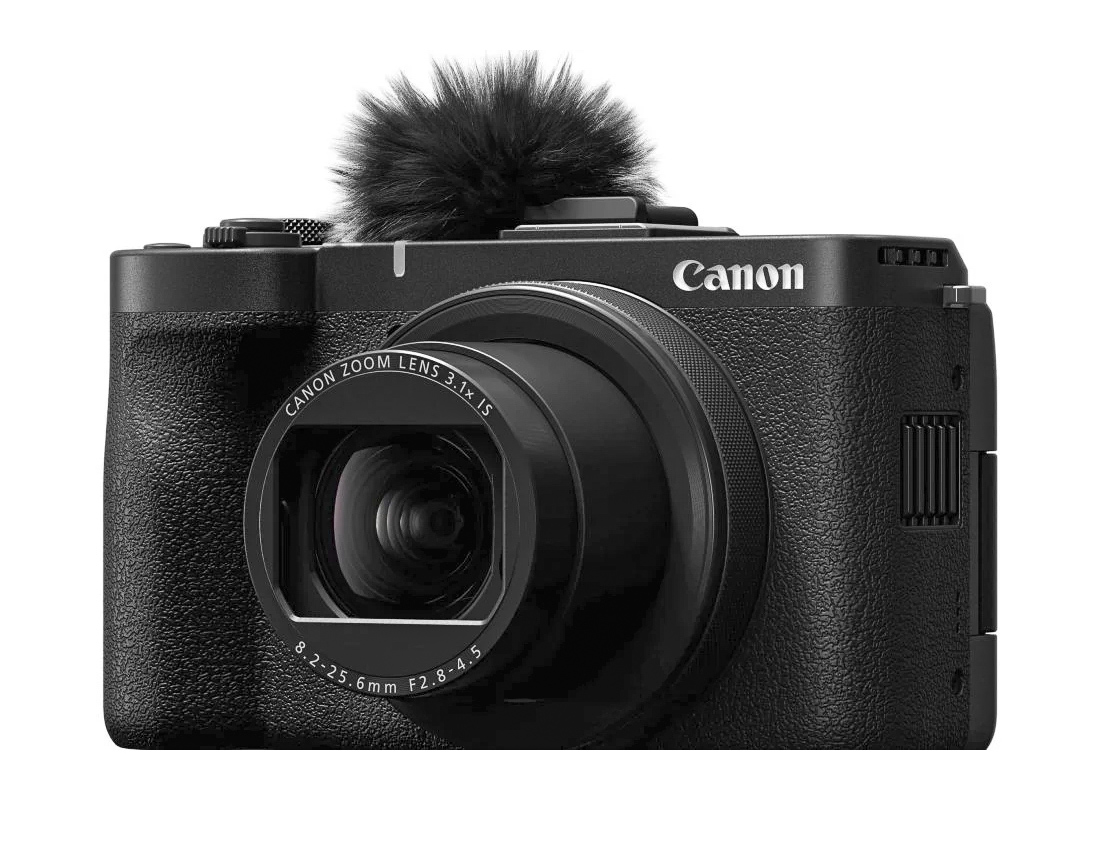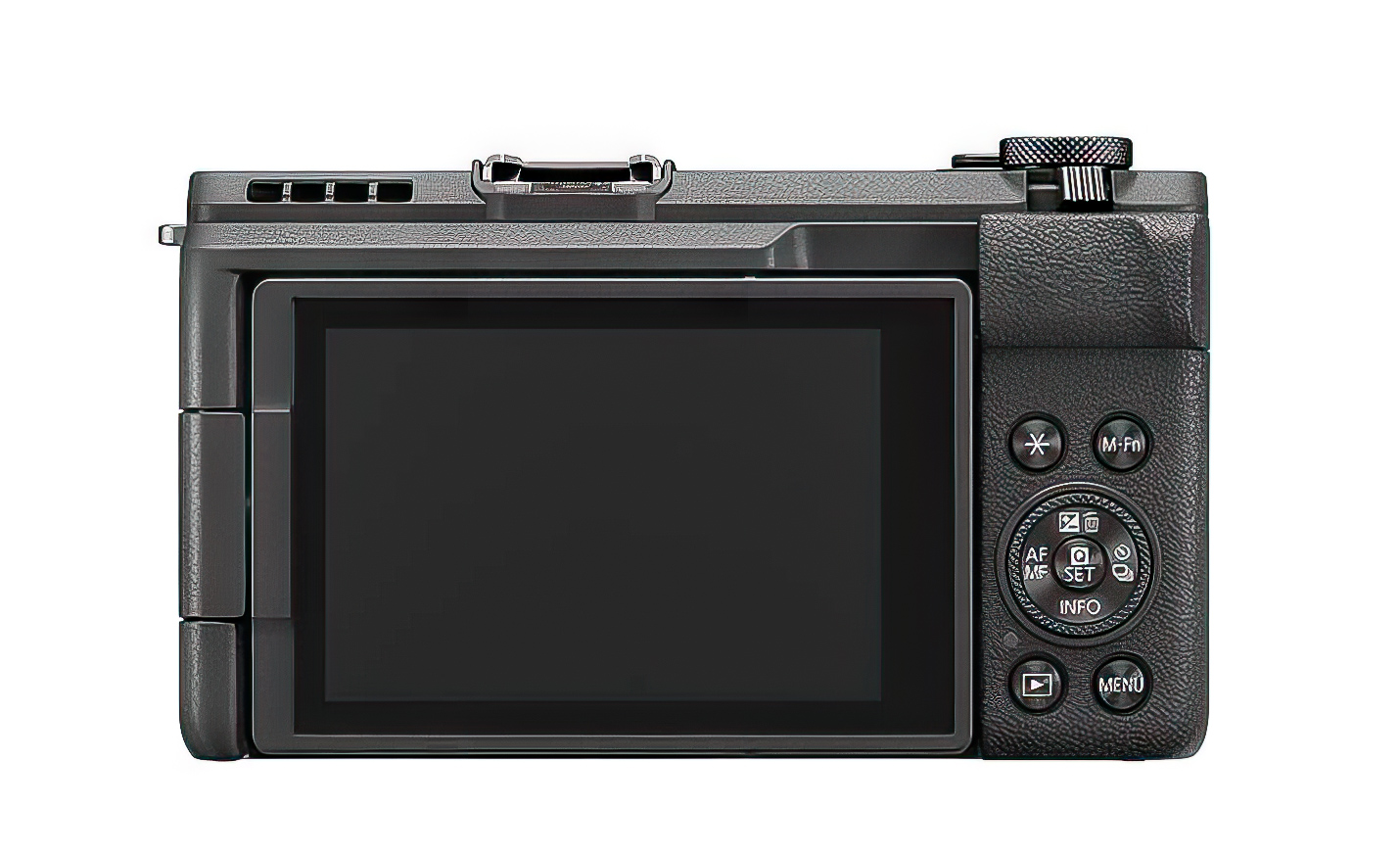
The compact camera is dead, long live the compact camera! Vlogging is maintaining life support for the venerable fixed zoom lens compact camera, as Canon’s announcement of its new PowerShot V1 proves.
If you’ve seen photographers and videographers touting little cameras that appear to have bad hairstyles (mic wind muffs) – these are the tools of the vlogger. Despite the rise of the camera phone, dedicated compact cameras, like the Sony ZV-1 Mark II, have held a niche market, and Canon is now seeking a piece of the action with the PowerShot V1.
Spiritual successor to the G1X?
News of the V1 reminded us of the over a decade old Canon PowerShot G1X, or the PowerShot G7 X Mark III from 6 years ago, or maybe a hybrid of the two. The G1X sported a very unusual 1.5 inch image sensor, which was massive for a compact camera, making it even slightly larger than a Micro Four Thirds sensor. The newer G7 X Mark III was strong on video (featuring not bad 4K performance), which wasn’t a priority in the days of the G1X (it only offered a simple HD video mode). However, the G7 X Mark III made do with a much smaller 1 inch sensor, less than half the area of a 1.5 inch sensor.
Large sensor
Today’s news is that the PowerShot G1X has a 22 megapixel 1.4 inch sensor, making it roughly the same size as a Micro Four Thirds sensor, which is still a giant in compact camera terms, and only very slightly smaller than the G1X sensor from 13 years ago. In fact, there were strong rumours that Canon was going to use a Micro Four Thirds sensor.

So, why is an extra-large sensor so important, especially when vloggers often use smartphones with cameras that have relatively tiny sensors? In challenging lighting conditions, a larger sensor will always produce noticeably better results. Meanwhile, a 1.4 inch sensor is small enough to deliver sustained video output at very high frequencies, and with minimal rolling shutter effect. You can also produce attractively blurred bokeh without fake effects processing.
Extreme wide angle
The PowerShot V1 packs a compact extending zoom lens with an equivalent (full frame) focal length range of 16-50mm. That’s notable in its own right because 16mm has a rightful claim to be described as ultrawide angle. This isn’t a camera designed for classic portrait or wildlife photography. But the lens can focus as close as 5cm. Optical image stabilisation is offered, rather than in-body (sensor) IS.
A mechanical shutter remains a feature of the V1, with a maximum speed of 1/2000th second, though the sensor itself can record still exposures as short as 1/16000th second. Stills can be shot at a rate of up to 30 frames per second. Video (H.264 or H.265) can be shot at up to 60p at 4K resolution. There is a one million dot articulating screen at the back, but no EVF. You don’t even get a pop-up flash, though there is a hot shoe.

Disappointingly, it appears that there is only basic USB 2.0 port, though Wifi/Bluetooth is included.
It seems clear that Canon intends to interest those who looked at the Sony ZV-1 Mark II, but weren’t convinced, though the PowerShot V1 will be significantly more expensive.
